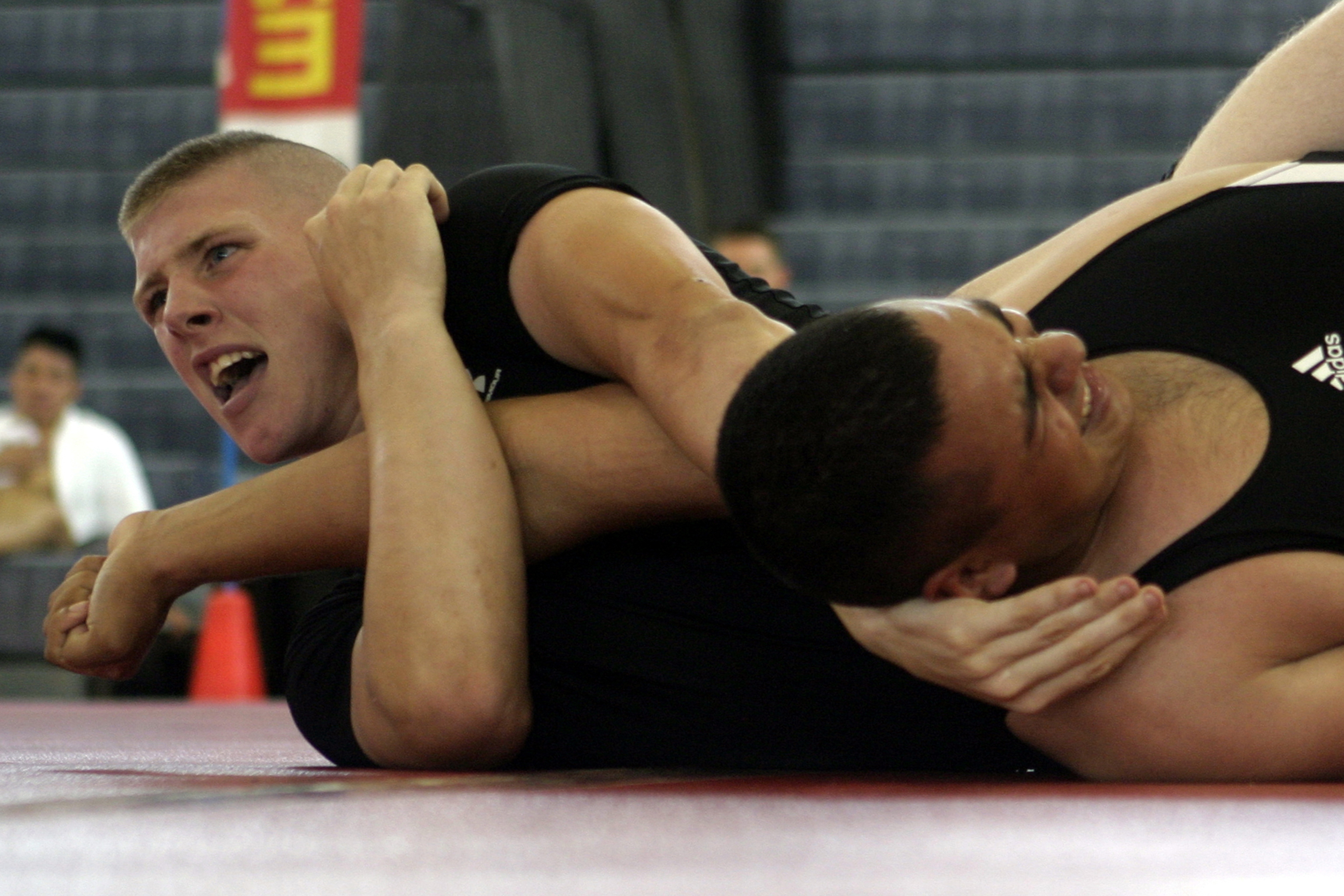If you’re training Brazilian JiuJitsu, or even any other form of martial art for that matter, you’re going to have problems with the joints in your fingers at some point. While it’s wise to just give it time to heal, many just aren’t patient enough or are just too stubborn to wait it out. As a result, your finger joints are going to hurt, A LOT.
The main reason for it hurting and the swelling is the trauma of you pushing your joints to its limit every time you train. All the impact and tugging are bound to make your fingers swell, especially in contact sports such as JiuJitsu and Judo.
There is a way to prevent, or at least, minimize the pain by managing the movement of the joints in your finger. Coincidentally, this way is also great for your grip once your injuries subside.
What I’m talking about is the use of a high-quality athletic tape. This is the same tape that many football and rugby players use for their ankles or wrists and should be available in your local pharmacy or sports shop.
Taping The Right Way
Unfortunately, there are just so many ways to tape your finger for your training and showing you each one will take time. Not to mention that it’s just going to confuse a novice like you.
For this reason, we’re going to discuss just one form of finger taping and it’s one of the most common forms used in BJJ.
It’s called, the single helix method.
The Single Helix Method
The concept behind this type of finger taping is to make a sort of “X” across the joint/s you want to project. There are a variety of ways you can go about this, but it mainly works in one of the three ways, all of which I’m going to explain to you how.
- If you were to want to, say, prevent one or a few fingers from bending to the back too much, you’ll want the “X” to lay across the inside of your finger. Doing so reinforces it and helps prevent hyperextension.
- You could do the opposite of the first procedure if you want to prevent your hands from closing too tightly. You’ll want to lace the X” of the single helix over the back of your fingers. By doing this, you provide a bit more necessary support every time you squeeze your hands.
- Another option is to use a double helix. You can do this by taping an “X” over the both sides of the joint of the finger you want to protect. This is a method used mainly for training as it gives it necessary freedom, but prevents you from stressing it too much.
Keep in mind that there are other types of methods for taping as well. It’s best that you orient yourself of them so that you know which taping methods are best for your type of training, or for your fighting style, especially if you plan on mixing BJJ with other styles.
Still, if it’s basic and for novice training, the single helix method should be enough.
If you need further clarification, you can Google the method online and look for video tutorials.

